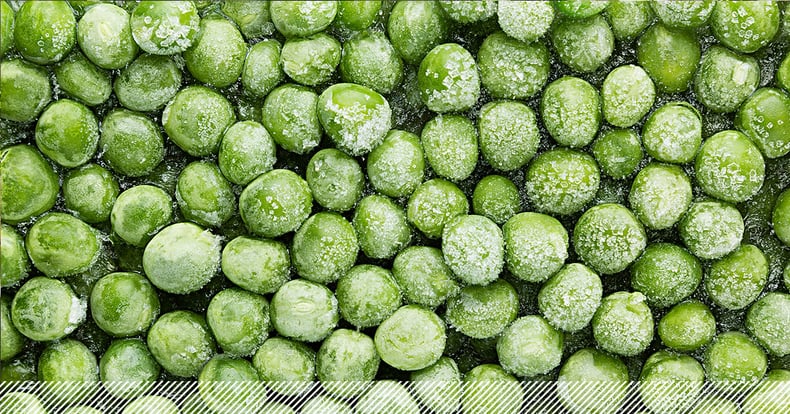The industry is buying more frozen product. Here’s how to make sure it doesn’t lead to more waste.

With food and labor costs still at record highs and supply chain disruptions continuing, an obvious point of leverage for the foodservice industry is buying more pre-prepped frozen foods. And a new survey shows that increasingly the industry is doing just that.
Despite the benefits to reducing the potential for food waste, there are still best practices to follow to make sure those increased purchases of frozen product don't lead to increased food waste.
The ability to guarantee menu availability by purchasing frozen and storing provides businesses a level of much needed certainty in very uncertain times. Equally, in operations where labor is tight, buying pre prepared frozen ingredients can enable greater menu flexibility without the cost and space required for increased labor. A recent study has found that at least 40% of foodservice operators are now purchasing more frozen product than they did in 2019. In addition to reasons relating to supply chain and labor, a reduction of food waste is understood to be another driver of this shift. The same study explains that 84% of participants opined that they feel purchasing frozen foods reduces food waste.
The freezing of food is a well established, tried and tested means of food waste prevention, replacing the risk of spoilage of fresh ingredients. There are however potential pitfalls to be avoided when increasing the ratio of frozen product purchased in order to minimize food waste.
The pack size of the frozen product being purchased is an important consideration when switching to frozen. Is the pack size suited to the need of the item in line with a business’s operation? If not, kitchen teams are ultimately forced to defrost a larger quantity than needed which leaves a surplus, resulting in a short window to use that product before spoilage. Considering that food should never be refrozen, a surplus from the freezer is at greater risk than a surplus of fresh product.
Foodservice operators should always communicate such concerns with their vendors in order to discuss options with regards to inadequate pack sizes that ultimately lead to waste.
Equally, the type of packaging the frozen product arrives in might not be satisfactory to operators, who might find that their product is not arriving on site at its optimal temperature. Operators should pursue product that is packed airtight or vac packed where possible. Where applicable, it is beneficial to use a site's own containers and labeling system to split and store frozen product in quantities that suit that operation’s needs when defrosting for specific production quantities.
Having the ability to spot check deliveries is crucial to ensuring frozen product is arriving at its best quality. It might be necessary and worthwhile to discuss alternate delivery time slots if operators are struggling to have time to properly spot check and store their frozen product quickly and efficiently.
Efficient storage of frozen product is also key to avoiding food waste. Kitchens can do themselves a favor by being well equipped with a good arsenal of storage containers. Transparent containers will allow a view to the product without a need for removing items from a freezer to open the container. A range of container sizes will allow kitchen teams to store product as close to air tight as possible, also leaving greater space for efficient filling of a freezer by way of avoiding the unnecessary waste of space taken up by oversized containers. A clear and visible labeling system will also help to ensure product can be picked easily and efficiently from the freezer. It is wise, if possible, to also maintain a written or digital inventory of frozen product on site. This acts to verify an understanding of frozen stock levels and also helps to avoid unnecessary opening and closing freezers and the contents.
Increasing the ratio of frozen to fresh product will also contribute to the increased reliance on freezers in an operation. Equipment failure can often lead to mass waste events in the kitchen. It is crucial to maintain a good system for logging equipment malfunction allowing an assessment to be made on the potential need for an upgrade of freezing equipment in the operation. Likewise an increased reliance on freezers makes it ever more crucial to strictly perform and maintain due diligence of good and proper temperature recording and freezer equipment maintenance. Finally, talk to your vendor about any backup equipment they can provide on short notice in case your freezer goes down and you need to help asap.
Sign up for our monthly newsletter for the latest in
food waste prevention initiatives, best practices, webinars and more.